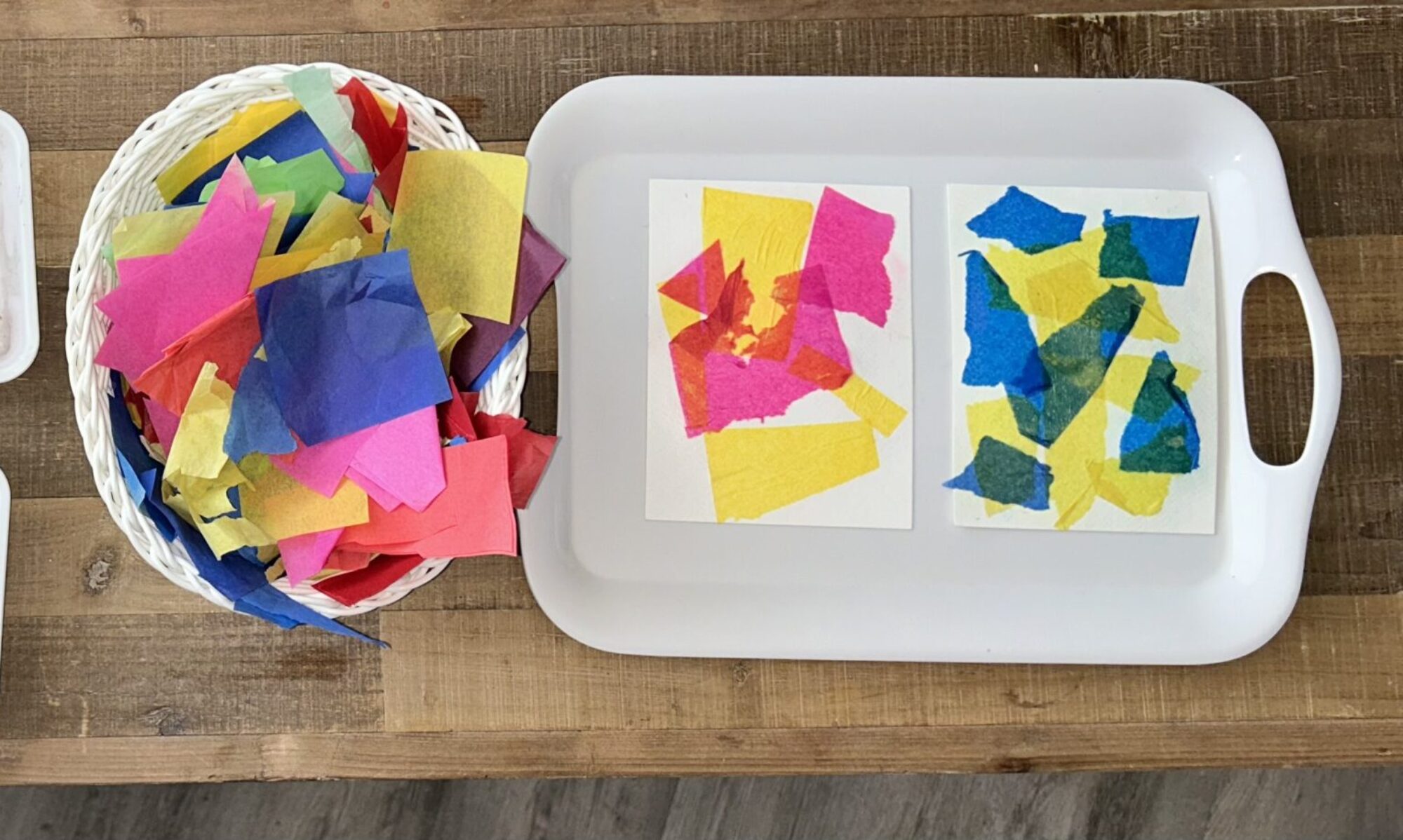
6 Video Montessori Art Training
| Earn 7 hours of professional development in visual arts education. Gain proper art literacy training to set up your classroom. Watch all 6 videos this summer. No more guessing on what art lessons you should be teaching! There’s a lot of art advice out there that is not tailored to teach YOU proper art literacy for children. I’ve spent years designing curriculum and training courses to assist Montessori guides in effectively teaching art lessons to children. I have designed this summer art video bonus to help you get on the right track! When you purchase this 6-video set, you will also receive an invitation to a special Q&A session with me. This session aims to address all your questions and demonstrate the correct art materials to incorporate into your classroom. The live session is scheduled for mid-August (date TBA), allowing you ample time to watch and absorb the videos beforehand. BUY 6 VIDEO BUNDLE NOW for instant access! These summer 6-video trainings is on sale. |
What Visual Arts Looks Like For Children
In this pre-recorded 20-minute training, Spramani explains the essential areas young children should learn in visual arts and discusses why it is important to teach these skills in the 21st century.
The Art Lessons You Should Teach First!
In this pre-recorded 1-hour training, Spramani delves into what Montessori art guides should prioritize teaching first. She outlines the key areas to focus on, provides examples of art lessons, and offers insights on what to present and demonstrate to children who are new to learning art. Gain access to a wealth of professional art teaching advice in this comprehensive session. |
How to Theme Art & The Natural World
| Embark on a journey of discovery with Spramani in this enlightening 3-part video series spanning 2 hours. Discover how to engage your child outdoors, fostering scientific and artistic observation skills. Uncover the power of using art in conjunction with Montessori subjects to ignite a curiosity for the natural world and enhance knowledge. Learn how art lessons can intricately represent diverse aspects of Montessori topics found in nature, including seasons, soil layers, energy, rocks and minerals, fossils, landforms, water, flora, fauna, and the atmosphere. |
| How to Stage A Montessori Art Shelf In this 1-hour pre-recorded video, Spramani shares her: – Proprietary staging system for Montessori classrooms – How to stage to meet the arts standards – What types of materials to stage – How to support group and independent work, and much more! |
Positive Artful Ways To Talk To Your Students
| She shares examples of how these conversations should sound, drawing upon her 30 years of experience in positively and supportively engaging with students to encourage creative expression as an art facilitator. |
Watercolor Joy
In this 1-hour video, Spramani shows you which watercolor paints to use for teaching children. She provides you with all the tips on what to buy, how to set up, and how to prepare for watercolor process-based activities. Great if you are curious. |

| Limited Time Art Sale! |
| Start Your Art Learning Today! Get instant access to all 6 videos. Enjoy a 3-year viewing window, giving you ample time to delve into the pre-recorded live sessions led by the esteemed art teacher, Spramani Elaun. Whether you choose to watch on your phone, tablet, or desktop, these videos are available for your convenience anytime, anywhere. Get the necessary training to start art programming in your classroom. |



All rights reserved © 2025, Nature of Art®
No part of this blog may be used or be reproduced in any manner whatsoever including reproducing, publishing, performing, and making any adaptions of the work – including translation into another foreign language without written permission except in the case of brief quotations embodied in critical articles and reviews. Nature of Art® Publishing P.O. Box 443 Solana Beach, California 92075.












































